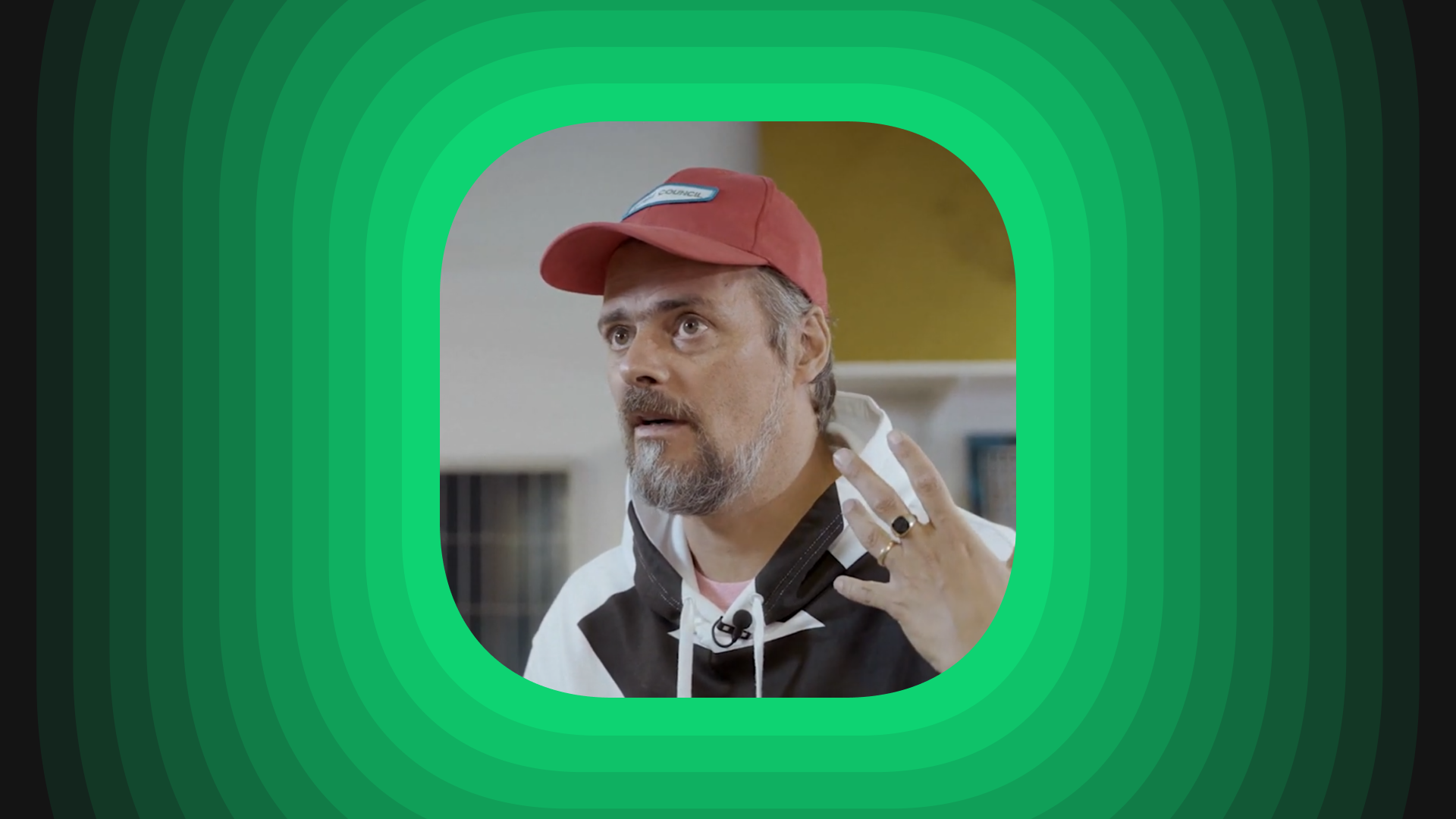"We relinquish artistic control to the collective activity — I love that!"
Hannes Koch from Random International – about the inspiration behind Life in Our Minds

Combining a fascination with flocks as a form of collective intelligence with the decentralised potentials of digital art and the question of what it is that makes us human, artist Hannes Koch, ½ of Random International, spoke to us about the inspiration behind Life in Our Minds — an NFT collection and a virtual sculpture Mother Flock, composed of hundreds of individual NFTs.
Flocking that fascinates us
"Flocking or swarming behaviour is an amazing form of sentient collective intelligence and a rich field in which to play. Whilst each individual follows some really simple rules, together, they create an incredibly complex feat where half a million birds can fly together without a single crash.
In one way or another, for over 15 years, we have been building sculptures that simulate this collective intelligence in an attempt to capture and translate our longstanding fascination with flocking behaviour. But what started out as a somewhat simple admiration of the swarms’ aesthetic qualities has led us to consider the question of just what exactly, for us, it means to be alive.
As human beings, we are predisposed to respond emotionally to motion that we perceive as organic or natural. So, if a robot moves in a human-like way, we're likely to engage with it instinctively. This response to movement is one of the oldest features of the brain. And it's not limited to humans; it takes 150 milliseconds to distinguish biological motion from non-biological, whether you're a chicken or a human being. Our brains have been trained for millions of years to respond in a certain manner so that, essentially, when we look at something, we can know within a split second whether or not that thing is alive.
But, these days, we can build machines that imitate biological movement really successfully, and that leaves us vulnerable to our own perceptive faculties and instincts. The simulations of flocking behaviour and biological motion in our work aims to study this all too human vulnerability because people cannot help but open up and relate instinctively to these movements.”
The algorithmic base
"Algorithmically, our works in this field have been based on the first basic experiments from Craig Reynolds — “Flocks, Herds, and Schools: A Distributed Behavioural Model”, a simple, animated form of research created in 1987 and later used by Pixar. It is a rule system that could be assigned to flock elements so that they didn't have to program every single character but so that, at the same time, all the characters would look like they were alive. We took this code as the point of entry to our sculptures and installations.
Earlier works from this series have recently been shown at The Store, 180 The Strand in London and The ZKM in Karlsruhe, with a forthcoming exhibition at the MIT Museum opening in October 2022."
Collective Ownership
"Life in our Minds is our first piece of crypto art, and we find working with Blockchain incredibly energising. Here the blockchain's much-lauded de-centralised qualities are realised as a new form of public art that is concrete, communally owned, and widely accessible. The work's interplay between collective ownership, individual mark-making and distributed spatial control is re-staged in a new (meta)-universe, according to new rules.
Thanks to the work that Danil has done, we now have a collectively owned public artwork where the individual constituent items are beautiful objects in their own right."
Origami and ancient tradition
"We didn't want the swarming objects to be any specific species found in nature. They had to be some minimalist simulation of behaviours that we find in nature — just enough to make you think that they’re alive. We chose this kind of aesthetic because origami has something really manual and analogue about it, and we felt it was important not to make these pieces as some kind of fantasy digital thing. These qualities are very dear to us because they’re something we can relate to as human beings, and they anchor the project in a tangible and highly specific tradition of craft."
Losing control - it’s not a bad thing.
"We love the fact that there is distributed control inherent to this body of work. Control, and the lack thereof, is a huge topic for the studio.
The realisation that we, as humans, are not in control most of the time relates to our subliminal or instinctive reaction to movement — and this element of co-creation with the NFT collectors is the same. Every NFT will be unique due to the actual identity of the owner being printed into the DNA of The Mother Flock.”
We, as artists, don't know what is happening in each collector's world, nor exactly how this will affect the eventual look and feel of The Mother Flock. We relinquish artistic control to the collective activity — I love that."

